zài
be at
Composed of 才 and 士, which both represent the sound.
Components
Evolution

Oracle script
(~1250-1000 BC)
Bronze script
Early Western Zhou (~1000 BC)
Seal script
Shuowen (~100 AD)
Clerical script
Eastern Han dynasty (25-220 AD)Regular script
ModernDefinitions
zài
be at, in, on; consist in, rest; (located) at; (to be) in; to exist; in the middle of doing sth; (indicating an action in progress)
Component uses
Sound component in 1 character (0 verified)
Sources
季旭昇《說文新證》p.908
